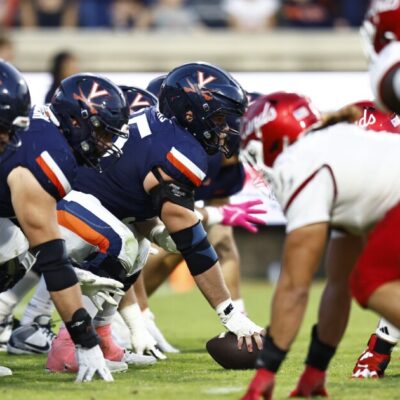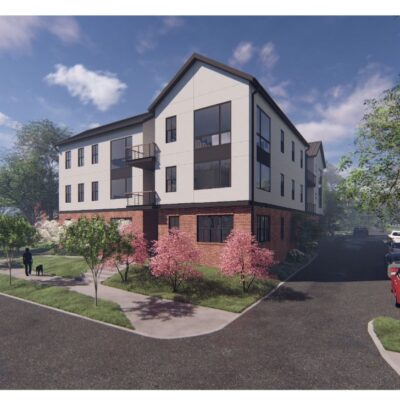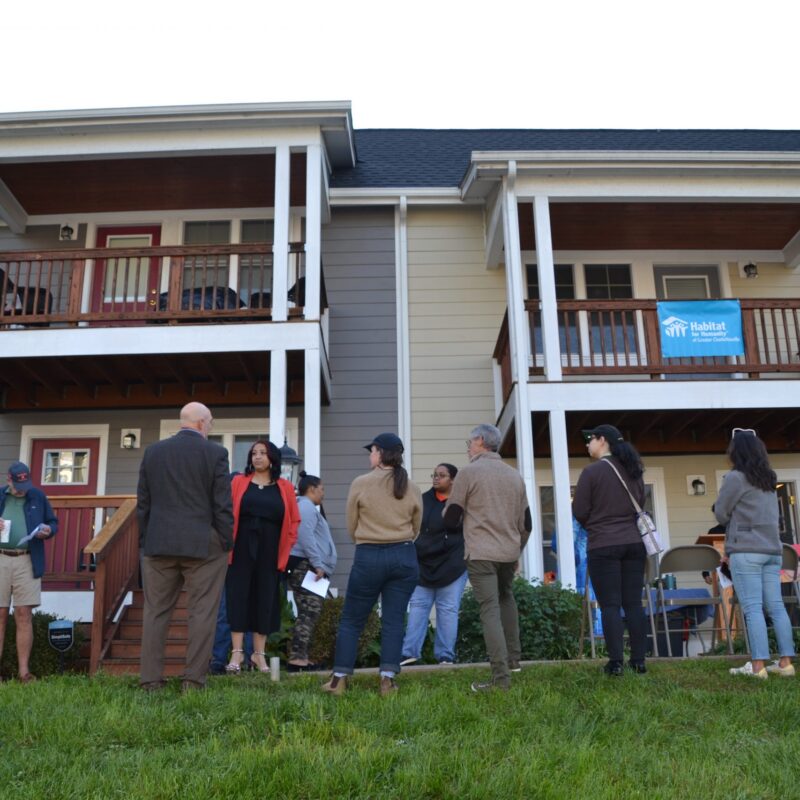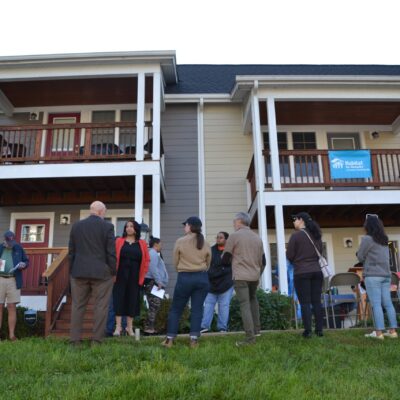At their January 23 meeting, the Albemarle County Board of Supervisors opted to defer a decision on a package of rural ordinances billed as efforts to protect the environment. One would extend stream buffers, one would require more gently sloping private driveways and one would extend the amount of time people own land in order for it to qualify as a “family subdivision,” i.e. one that has fewer county requirements.
 Thanks to Ann Mallek’s election, the rural area ordinances are back on the table and, in a watered down version, are ready to be approved. |
They sound simply technical in the obtuse parlance of county planning, but many rural landowners are up in arms about them, and the conflict over a couple hundred words is enough to make C-VILLE news editor Will Goldsmith have a conversation with himself to try and sort it all out.
Would these ordinances really take away people’s property?
None of them do directly, and only the stream buffer ordinance seriously affects where people can build on their own property. It means that you can’t disturb land (except for agricultural reasons) within 100′ of any intermittent stream. Already about half of the county is under this constraint, so it’s only people in the southern and eastern parts of Albemarle that will see a change. Still, that represents about 11 square miles of additionally required buffer area.
Would these ordinances really help the environment?
In some ways yes, in some ways no. The stream buffer ordinance will, though maybe not as much as some proponents claim. The ordinance itself says it’s “for the purposes of retarding runoff, preventing erosion, filtering nonpoint source pollution from runoff, moderating stream temperature, and providing for the ecological integrity of stream corridors and networks,” but county staff hasn’t presented any data to show that building next to intermittent streams is the great problem of our time.
Supervisor Ken Boyd cited a not-yet-published study that suggests that it’s unnecessary, while Supervisor Sally Thomas said she had her own data to justify the measure. The 100′ part comes from the Chesapeake Bay Preservation Act regulations, according to Mark Graham, director of community development. You could argue that effects are so marginal that they’re not worth the loss of building rights, but you can’t argue that overall it’s not better for the environment.
The private driveways change, however, could actually be worse for the environment, even if it’s better for rural area residents whose houses are burning down. The requirement that driveways have grades of no more than 16 percent will probably increase the area of building disturbance, as roads will now have to switchback at gradual angles or rip through steep slopes rather than going over them. To truly help the environment, county staff should be ready to grant a lot of waivers and hope that folks can properly put out their own fires.
Will the Board pass these ordinance changes on February 6?
Almost definitely. The most controversial part left is the stream buffer portion, even though it was considered the least controversial in October (which shows you how much the others have been altered). At that point, supervisors Thomas, Dennis Rooker and David Slutzky were ready to vote for the stream measure, while Supervisor Ann Mallek, then a lowly member of the public, spoke in favor. Boyd might put up a fight and Supervisor Lindsay Dorrier might mumble something about how we haven’t had enough public input, but look for a 4-2 vote to approve.
C-VILLE welcomes news tips from readers. Send them to news@c-ville.com.





